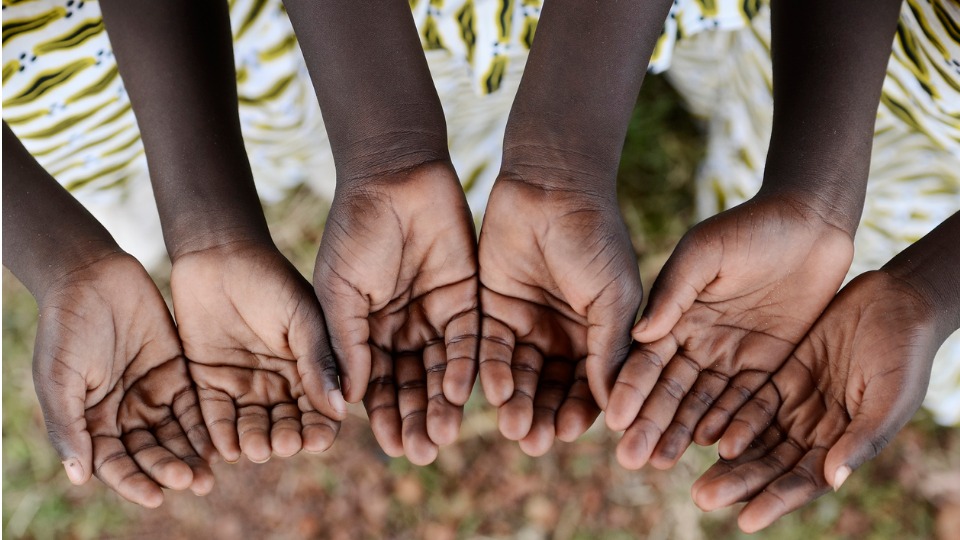
Malnutrition behind 69% deaths among children in India: UNICEF

Malnutrition caused 69% of deaths of children below the age of five in India, according to a UNICEF report released on Wednesday (October 16).
In its report – The State of the World’s Children 2019, UNICEF said that every second child in that age group is affected by some form of malnutrition. This includes stunting (35%), wasting (17%) and overweight (2%). Only 42% of children (in the age group of 6 to 23 months) are fed at adequate frequency and 21% get adequately diverse diet. Timely complementary feeding is initiated for only 53% of infants aged 6-8 months.
Also read: India 102 in world hunger index, below Pakistan, Nepal, Bangladesh
Ever second woman in India anaemic
About Indian women’s health, it said every second woman is anaemic. It also said that anaemia is the most prevalent in children under the age five years. Its prevalence among adolescent girls is twice that of adolescent boys.
Children in India suffer from adult disease
Indian children are being diagnosed with adult diseases such as hypertension, chronic kidney disease and pre-diabetic. The data states that children under the age of five years are affected by micronutrient deficiencies. While every fifth child under the age five is vitamin A deficient, one in every third baby has vitamin B12 deficiency and two out of every five children are anemic.
The report said POSHAN Abhiyaan or the National Nutrition Mission is playing a major role in improving nutrition indicators across India. The Anaemia Mukt Bharat programme to fight anaemic prevalence has been recognized as one of the best programmes implemented by governments across the world to address malnutrition.
Also read: Poor nutrition, low child survival rate pushes J’khand, MP at bottom of child well being index
The 6X6X6 strategy (six target beneficiary groups, six interventions and six institutional mechanisms) of the programme has been highlighted for using anaemia testing and treatment as the entry point to provide information on healthy diets.
Overweight and obesity increasingly begin in childhood with a growing threat of non-communicable diseases like diabetes (10%) in school-aged children and adolescents. Urban India is moving into an unhealthy food snacking environment, which is influencing children’s food choices and this is spreading to rural areas.
Food consumption patterns in India reveal that child diets are largely starved of proteins and micronutrients and are influenced by household (adult) food choices. Over the decades, despite growing incomes, protein-based calories remain low and unchanged, and the calorific share of fruits and vegetables has declined.
Also read: Only 46% pregnant, lactating mothers receive take home ration under nutrition programme
The report said globally 77% of processed food sales are controlled by just 100 large firms. In cities, many poor children live in “food deserts” or in “food swamps”.
Regarding the situation globally, the UNICEFs report said at least one in three children under five years of age – or 200 million – is either undernourished or overweight.
The report states that almost two in three children between six months and two years of age are not fed food that supports their rapidly growing bodies and brains. This puts them at risk of poor brain development, weak learning, low immunity, increased infections and, in many cases, death, it said. The UNICEF had earlier released such a report 20 years ago.
Also read: World hunger worsens: One in nine people do not have enough to eat


